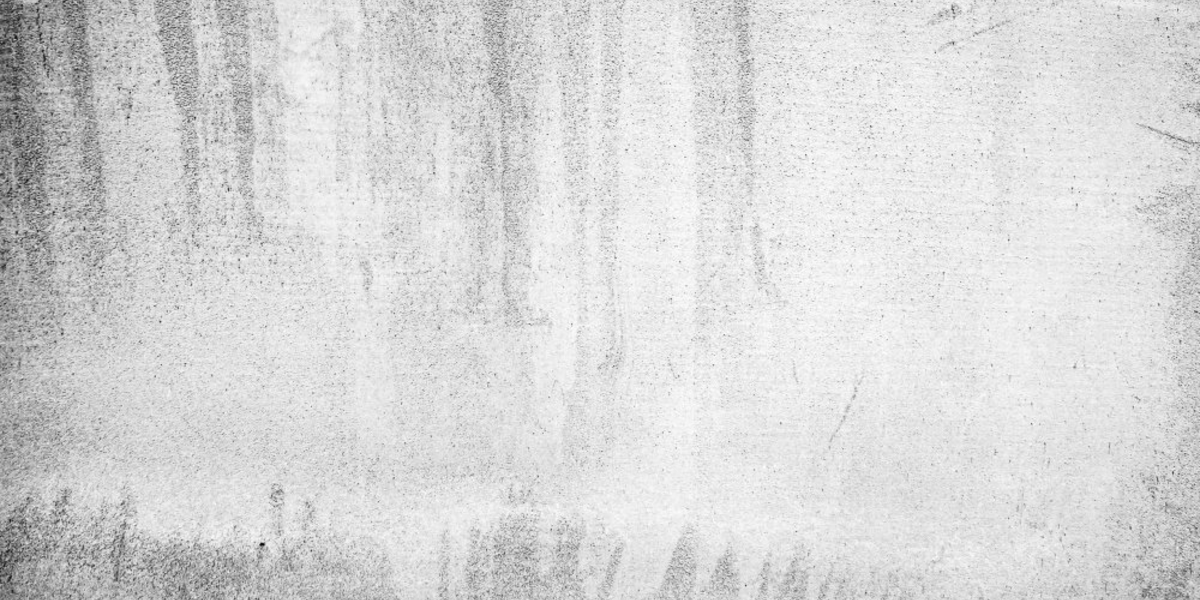In the realm of architectural design and restoration, there exists a practice that breathes new life into aging structures: Vintage rendering(V-R) of the building. This transformative process artfully merges history and modernity to restore historic buildings to their former glory while infusing contemporary elements. In this comprehensive guide, we will delve into the captivating world of V-R, exploring its techniques, benefits, and the enchantment it bestows upon architectural masterpieces.
Introduction
The timeless allure of historic buildings holds a special place in our hearts, as they whisper tales of bygone eras and embody the architectural heritage of our forebears. However, the passage of time often takes its toll on these structures, leaving them weathered and worn. It is precisely in these moments that V-R steps in as the savior. In this article, we will embark on a journey through the realm of V-R of the building, shedding light on the magic of preserving the past while embracing the present.
The Magic of Vintage Rendering
Vintage rendering is a meticulous process that involves the restoration of a building’s external facade. It is an art form that demands an in-depth understanding of historical architecture, construction techniques, and a dash of creativity. By seamlessly blending traditional craftsmanship with modern materials, V-R breathes fresh vitality into aging structures.
Vintage Rendering Techniques
The world of vintage rendering encompasses a range of techniques, each tailored to meet the specific requirements of the building:
- Lime Rendering: Lime rendering stands as a venerable technique that employs lime mortar to faithfully replicate the authentic finish of historic structures. It not only pleases the eye but also champions environmental friendliness.
- Stucco Rendering: Stucco rendering involves the meticulous application of a blend of cement, sand, and lime, resulting in a durable and aesthetically pleasing exterior finish.
- Decorative Molding: Vintage rendering often entails the painstaking recreation of decorative moldings and ornaments that adorned buildings during their original era.
- Color Matching: Achieving the precise color of the original facade is a paramount concern in V-R Experts employ pigments and stains to recreate the authentic hue.
Benefits of Vintage Rendering
The practice of vintage rendering bestows an array of benefits, encompassing both aesthetic and pragmatic aspects:
- Preservation of History: V-R ensures the preservation of the historical significance of a building, safeguarding it for generations to come.
- Enhanced Durability: The restoration process fortifies the building’s structure, rendering it more resilient against the elements.
- Increased Property Value: A beautifully restored historic building often commands a higher market value, making it an astute investment.
- Energy Efficiency: Modern materials used in V-R can enhance a building’s energy efficiency, leading to reduced utility costs.
- Aesthetic Appeal: The restored facade is a sight to behold, contributing to the overall beauty of the neighborhood.
The Artistry of Vintage Rendering
Vintage rendering is not merely a restoration process; it is an embodiment of artistry. Skilled artisans and architects collaborate to ensure that every detail is meticulously recreated.
The Role of Artisans
Masterful artisans play a pivotal role in the realm of vintage rendering. They possess the expertise to replicate intricate designs, decorative elements, and textures that were prevalent during the building’s original era. Their craftsmanship is what breathes life back into the building’s history.
Modern Technology Meets Tradition
While vintage rendering reveres tradition, it also warmly embraces modern technology. Advanced tools and equipment facilitate precision and efficiency during the restoration process. Computer-aided design (CAD) and 3D printing, for instance, assist in recreating complex architectural elements.
FAQs About Vintage Rendering of the Building
Q: Which types of buildings are suitable candidates for vintage rendering? A: V-R is ideally suited for historic buildings, heritage sites, and structures with architectural significance.
Q: Is V-R an expensive endeavor? A: The cost of V-R varies, contingent upon the size and condition of the building. It represents an investment in preserving history and enhancing property value.
Q: How long does the vintage rendering process typically take? A: The duration of the process hinges on the project’s complexity. It can span from a few weeks to several months.
Q: Can vintage rendering be customized to match specific historical periods? A: Absolutely. V-R can be tailored to emulate the architectural style of a particular historical era.
Q: Is V-R environmentally friendly? A: Yes, V-R often employs eco-friendly materials like lime mortar, making it a sustainable choice.
Q: Are there any regulations governing vintage rendering of historic buildings? A: Yes, strict regulations and guidelines are often in place to ensure that the restoration adheres to historical accuracy.
Conclusion
Vintage rendering of the building is more than a mere restoration process; it is a celebration of history and a testament to the enduring beauty of architectural masterpieces. With its harmonious blend of tradition and technology, V-R ensures that the past continues to inspire and captivate us in the present day.
Whether you are an architecture enthusiast, a property owner, or simply an admirer of the beauty of the past, V-R beckons as a captivating realm waiting to be explored. Step into this world of artistry and history, and behold the enchantment of transforming the past into a living masterpiece.







1 Comment